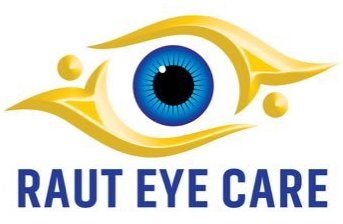Introduction:
In the realm of vision correction surgery, Photorefractive Keratectomy (PRK) stands as one of the pioneering procedures that has paved the way for contemporary laser eye surgeries. PRK addresses refractive errors like nearsightedness, farsightedness, and astigmatism by reshaping the cornea's curvature. Since its inception, PRK has evolved and continues to be a viable option for those seeking improved vision without the need for glasses or contact lenses.
Understanding PRK Surgery:
Photorefractive Keratectomy, commonly referred to as PRK, is a laser eye surgery that aims to correct refractive errors by reshaping the cornea – the transparent front part of the eye. Unlike its cousin LASIK (Laser-Assisted in Situ Keratomileusis), PRK does not involve creating a corneal flap. Instead, the surgeon removes the thin outer layer of the cornea, known as the epithelium, before using a laser to reshape the underlying corneal tissue. This reshaping allows light entering the eye to be properly focused onto the retina, resulting in clearer vision.
The PRK Procedure:
The PRK procedure typically involves the following steps:
Preoperative Evaluation: A comprehensive eye examination is conducted to determine the patient's suitability for the surgery. Factors such as corneal thickness, refractive error, and overall eye health are assessed.
Anesthetic Eye Drops: Prior to the surgery, the eye is numbed using anesthetic eye drops to ensure the patient's comfort during the procedure.
Epithelial Removal: The surgeon gently removes the outer layer of the cornea (epithelium). This can be done using either a surgical instrument or with the help of a special brush.
Laser Reshaping: Once the epithelium is removed, an excimer laser is used to reshape the cornea's curvature. The laser's precision ensures accurate and personalized correction of the refractive error.
Protective Contact Lens: After the cornea is reshaped, a temporary soft contact lens is placed on the eye to facilitate healing and minimize discomfort.
Healing and Recovery: Over the next few days, the epithelium regenerates and the eye begins to heal. Patients may experience mild discomfort, light sensitivity, and blurred vision during this period.
Follow-up Care: Regular postoperative appointments are scheduled to monitor the healing process and ensure that the desired visual outcome is achieved.
Advantages of PRK:
Suitability: PRK is a suitable option for individuals with thinner corneas or those who might not be eligible for LASIK due to other factors.
Reduced Risk of Complications: Since PRK does not involve creating a corneal flap, there is a reduced risk of flap-related complications that can occur with LASIK.
Stability: PRK provides stable long-term results and is less likely to induce dry eye symptoms, making it a better option for some patients in the long run.
Considerations and Recovery:
Recovery Time: PRK typically has a slightly longer recovery period compared to LASIK, as the epithelium takes time to regenerate. Full visual acuity can take several weeks to achieve.
Discomfort: Patients may experience mild discomfort, sensitivity to light, and fluctuating vision during the initial days of recovery. Pain medication and protective sunglasses can help manage these symptoms.
Visual Results: The final visual outcome may take some time to stabilize, but PRK can provide clear and improved vision once the healing process is complete.
Conclusion:
Photorefractive Keratectomy (PRK) has played a significant role in revolutionizing vision correction surgery. By reshaping the cornea's curvature, PRK offers patients a chance to enjoy life without the limitations of glasses or contact lenses. While it may require a slightly longer recovery period compared to LASIK, the benefits of reduced risk and long-term stability make PRK a compelling option for those seeking clearer vision and an improved quality of life. If you're considering PRK, consult with an experienced eye surgeon to determine if this procedure is the right choice for you.

